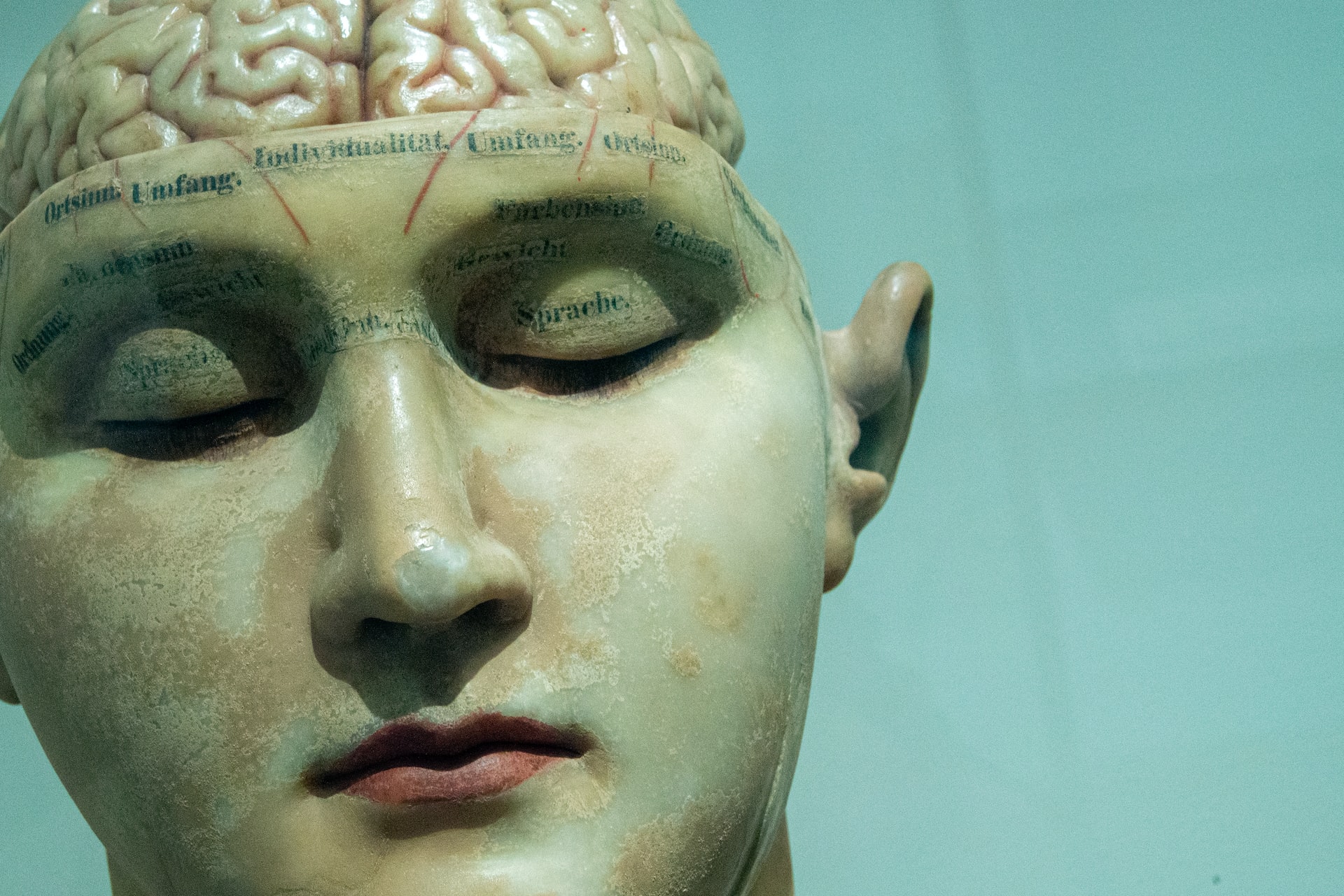Tell me about chronic static encephalopathy
Chronic static encephalopathy, also known as cerebral palsy, is a neurological disorder that affects movement, muscle coordination, and posture. It is a lifelong condition that starts in early childhood and does not progressively worsen over time. This disorder is caused by damage to the developing brain, which can occur before, during, or shortly after birth.
The word “encephalopathy” comes from the Greek words “en” meaning in, “cephalo” meaning head, and “pathos” meaning suffering. Put together, it means a disorder or disease of the brain. In the case of chronic static encephalopathy, the disorder is present since birth and does not change or progress over time.
What causes chronic static encephalopathy?
There are various factors that can lead to chronic static encephalopathy. The most common cause is brain damage that occurs during fetal development. This damage can be due to infections, lack of oxygen to the brain, or genetic abnormalities. In some cases, the exact cause may not be identified.
Complications during labor and delivery, such as premature birth, low birth weight, and infections, can also contribute to the development of this disorder. In rare cases, brain damage can also occur after birth due to head injuries, infections, or toxins.
What are the symptoms of chronic static encephalopathy?
The symptoms of chronic static encephalopathy can vary from person to person. It depends on the severity of the brain damage and the area of the brain that is affected. Some common symptoms include difficulty with movement and coordination, muscle stiffness or weakness, tremors, and difficulty with speech and swallowing.
Children with this disorder may also have cognitive impairments, such as learning disabilities, intellectual disabilities, and difficulty with problem-solving and decision-making. They may also experience seizures, vision or hearing impairments, and behavioral issues.
How is chronic static encephalopathy diagnosed?
A diagnosis of chronic static encephalopathy is usually made in infancy or early childhood. It is based on a thorough evaluation of the child’s medical history, developmental milestones, physical exam, and neurological testing. Brain imaging tests, such as magnetic resonance imaging (MRI) or computed tomography (CT) scan, may also be used to assess brain structure and function.
As symptoms may not be apparent right away, it may take some time and multiple evaluations to make a definitive diagnosis. It is important to note that there is no specific test for chronic static encephalopathy, and the diagnosis is often made by ruling out other conditions with similar symptoms.
Can chronic static encephalopathy be cured?
Unfortunately, there is no cure for chronic static encephalopathy. The brain damage that causes this disorder is permanent and cannot be reversed. However, early intervention and proper management can help improve a person’s quality of life and minimize the impact of the symptoms.
Treatment may involve a team approach, including physical therapy, speech therapy, occupational therapy, and medication to manage symptoms such as muscle stiffness and seizures. Assistive devices, such as braces, walkers, or wheelchairs, may also be recommended to help with mobility.
What is the outlook for people with chronic static encephalopathy?
The outlook for individuals with chronic static encephalopathy varies depending on the severity of the condition and the level of support and resources available. With appropriate treatment and support, many people with this disorder can lead fulfilling lives and achieve their potential. However, some individuals may have more significant impairments that require lifelong care.
It is essential to remember that each person’s experience with chronic static encephalopathy is unique. While some may have severe physical limitations and cognitive impairments, others may have mild symptoms and lead relatively independent lives. It is important not to make assumptions or generalizations about the abilities and limitations of individuals with this disorder.
In conclusion, chronic static encephalopathy is a lifelong condition that affects movement, coordination, and posture. It is caused by brain damage that occurs before, during, or shortly after birth. While there is no cure, early intervention and proper management can help improve a person’s quality of life. With the right support and resources, individuals with this disorder can lead fulfilling lives and reach their full potential.





